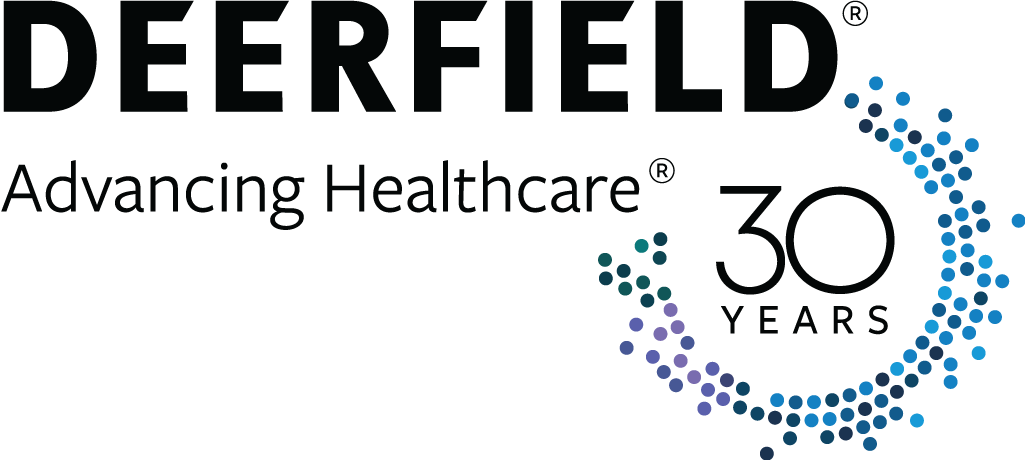Objectives
To quantify the approval, denial, and withdrawal rates and identify any predictors of success or failure for all new technology add-on payment (NTAP) applications from FY 2003 to FY 2018 in the United States.
Methods
The Center for Medicare and Medicaid (CMS) releases inpatient payment methodology rulemaking annually in the Federal Register, including details of NTAP submissions. The proposed and final rulemaking documents were analyzed to quantify the approval, denial, and withdrawal rates of all applications and determine primary reasons for denial or withdrawal from FY 2003 to FY 2018. Raw data were coded to further examine any predictors of application success such as product type, therapeutic category, manufacturer type, reapplication status, and proposed rule determination.
Results
There were 95 NTAP applications submitted over the last 15 fiscal years. Approximately 30%, 25%, and 45% of applications were approved, withdrawn prior to final rule, or denied, respectively. Inability to meet the “newness criteria” developed by CMS was the primary reason for denied and withdrawn applications. Product type, therapeutic category, and reapplication status have minor to significant impact on the approval rate of an application. However, manufacturer type and proposed rule determination have little to no impact on application outcome.
Conclusions
While there are a few factors that may positively influence the outcome of a NTAP application, the approval rates for the program are low overall. Without additional reimbursement from the NTAP program, inpatient hospitals may be deterred from adopting innovative therapies because of financial burdens. CMS and manufacturers should strive to find a better consensus for a framework that adequately incentivizes the utilization of new technologies for Medicare beneficiaries.











